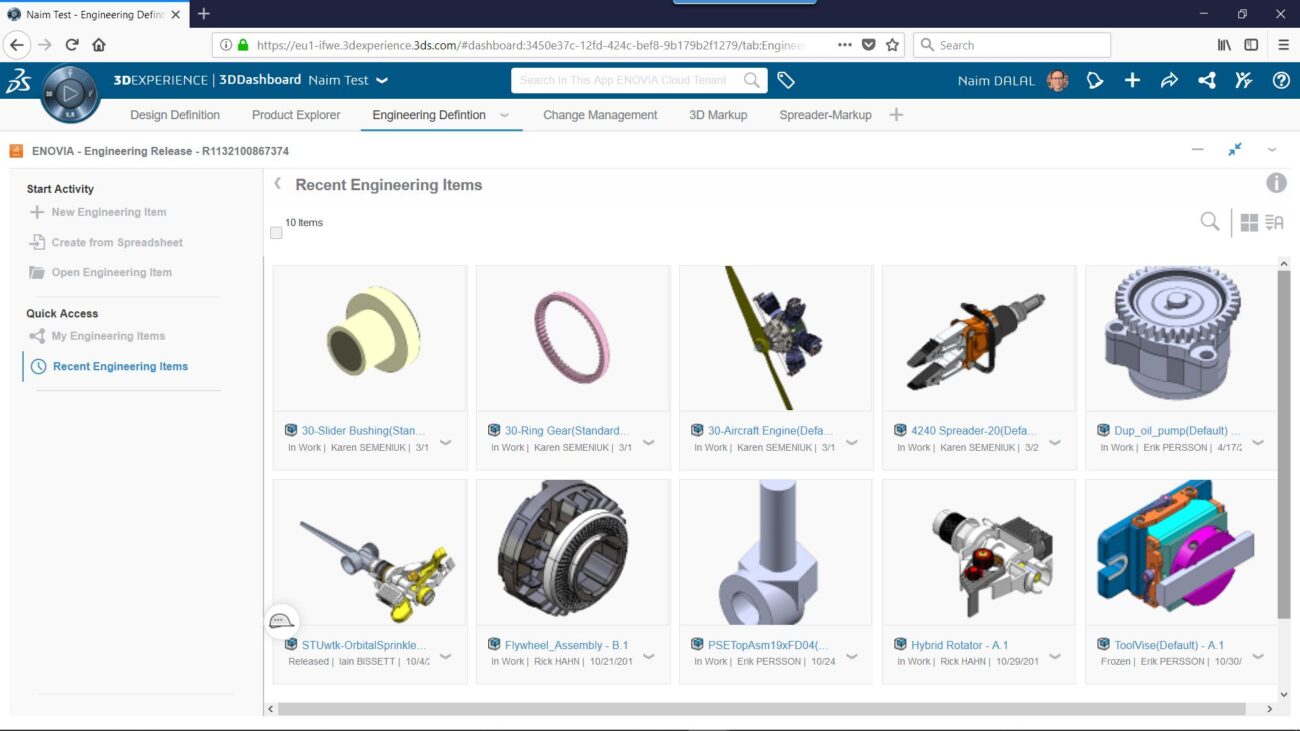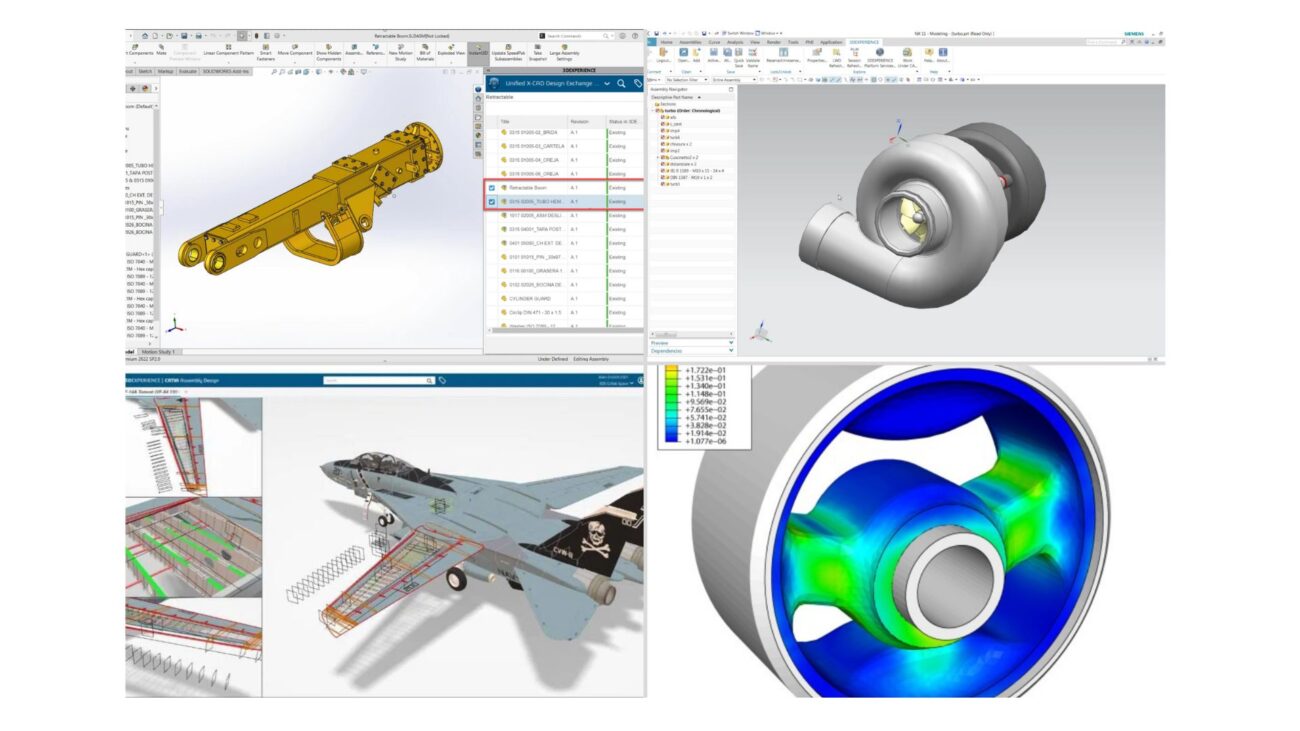The global healthcare simulation and modeling market is valued at USD 2.2 Bn in 2023 and is expected to grow at a CAGR of 15.7% from 2023 to 2028. The global orthopedic devices market size was valued at USD 59.36 billion in 2023 and is projected to grow from USD 62.22 billion in 2024 to USD 94.06 billion by 2032, exhibiting a CAGR of 5.3% during the forecast period (2024-2032)
FEM is widely used in medical device design and biomechanics. The world of simulation is very similar. For example, the blood flow through the veins and heart can be assumed analogous to the flow of any fluid through a piping system. Also, there are patient-specific designs of various medical devices like pacemakers and stents, when it is essential to personalize the product for each patient under a tailor-made design.

Figure 1: Stent Analysis
Application in the field of biomechanics
- Bone mechanics: Modelling a bone with various daily life expected loads can help to understand its failure mechanisms and drive the proper design of the implant.
- Cardiovascular implementation: To design stents or pacemakers, it is possible to model the blood flow through blood vessels effectively and to capture the mechanical behavior of the blood vessels and the heart.
- Joint Mechanics: The design of prostheses can be precisely simulated, including the bones, muscles, ligaments, and tissues of the joints, like knees and shoulders.
Using FEM we can be used to optimize prosthetics to increase the quality of their performance. The benefits of using FEM are their accuracy and lead time reduction, incurring to a significant cost-effectiveness to the medical devices’ business.

About VIAS3D
VIAS3D engineering and simulation team combines decades of analytical and design experience. We have successfully helped to design various products from many industries for strength, stability, rigidity, and fatigue endurance. Our design and analysis capabilities are accomplished through advanced engineering modeling techniques such as Finite Element Analysis (FEA) using Abaqus, Computational Fluid Dynamics (CFD), and other tools.
Using these advanced tools, we can capture complex design features and nonlinearities arising from materials, geometry, and surface interactions to simulate designs and predict their response before they are brought in production.
Please email us at achakraborty@viascorp.com or drop a message at: https://www.linkedin.com/in/arinc16/
Contributors:
Agniva Hazra, B.E Civil Engineering (2025), is an intern at VIAS3D. He is a final year undergrad pursuing his bachelor’s from Jadavpur University (INDIA).
Celso Noronha, Ph.D., the Director of Structural Mechanics at VIAS3D, has extensive experience in Life Science simulations, allied to his deep knowledge of finite element method fundamentals and applications over decades.
References
1. Medical Simulation Market by Product & Service (Model-Based Simulation, Web-Based Simulation, Simulation Training Services) End User (Academic Institutes, Hospitals, Military Organization) – Global Forecast to 2025
2. Orthopedic Devices Market Size, Share & Industry Analysis, By Product (Joint Reconstruction Devices, Spinal Devices, Trauma Devices, Arthroscopy Devices, Orthopedic Accessories, and Others), By End User (Hospitals & Ambulatory Surgery Centers, Specialty Clinics, and Others), and Regional Forecast, 2020-2027




